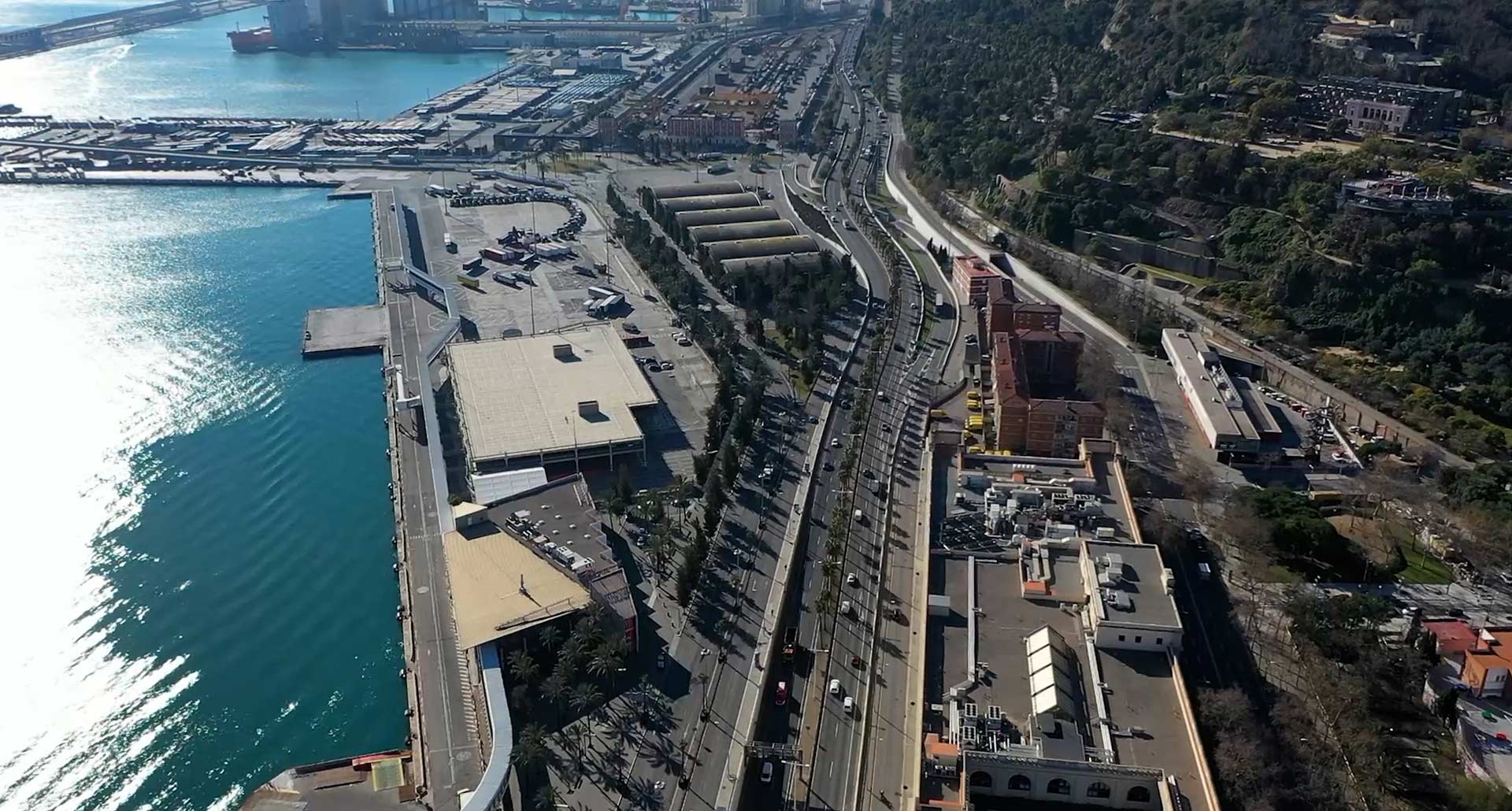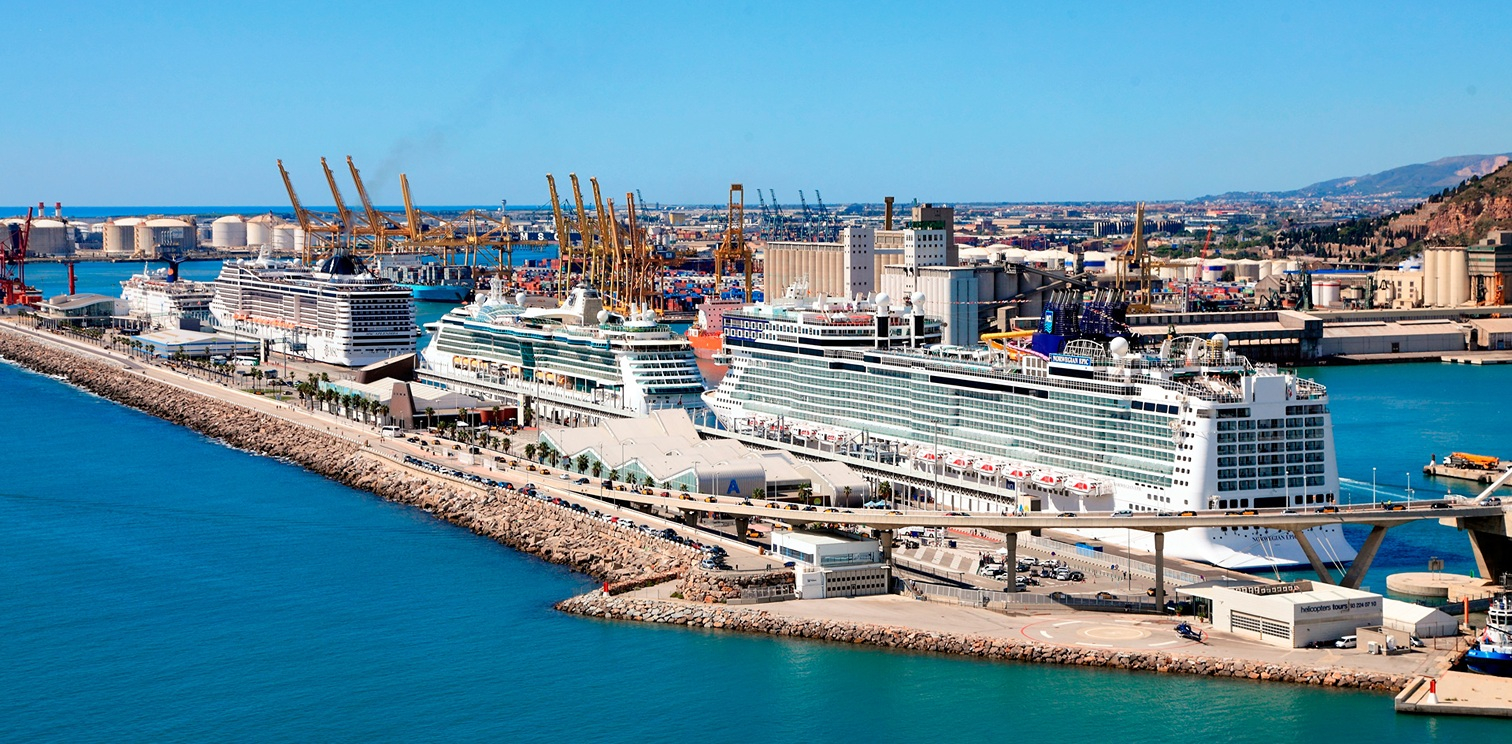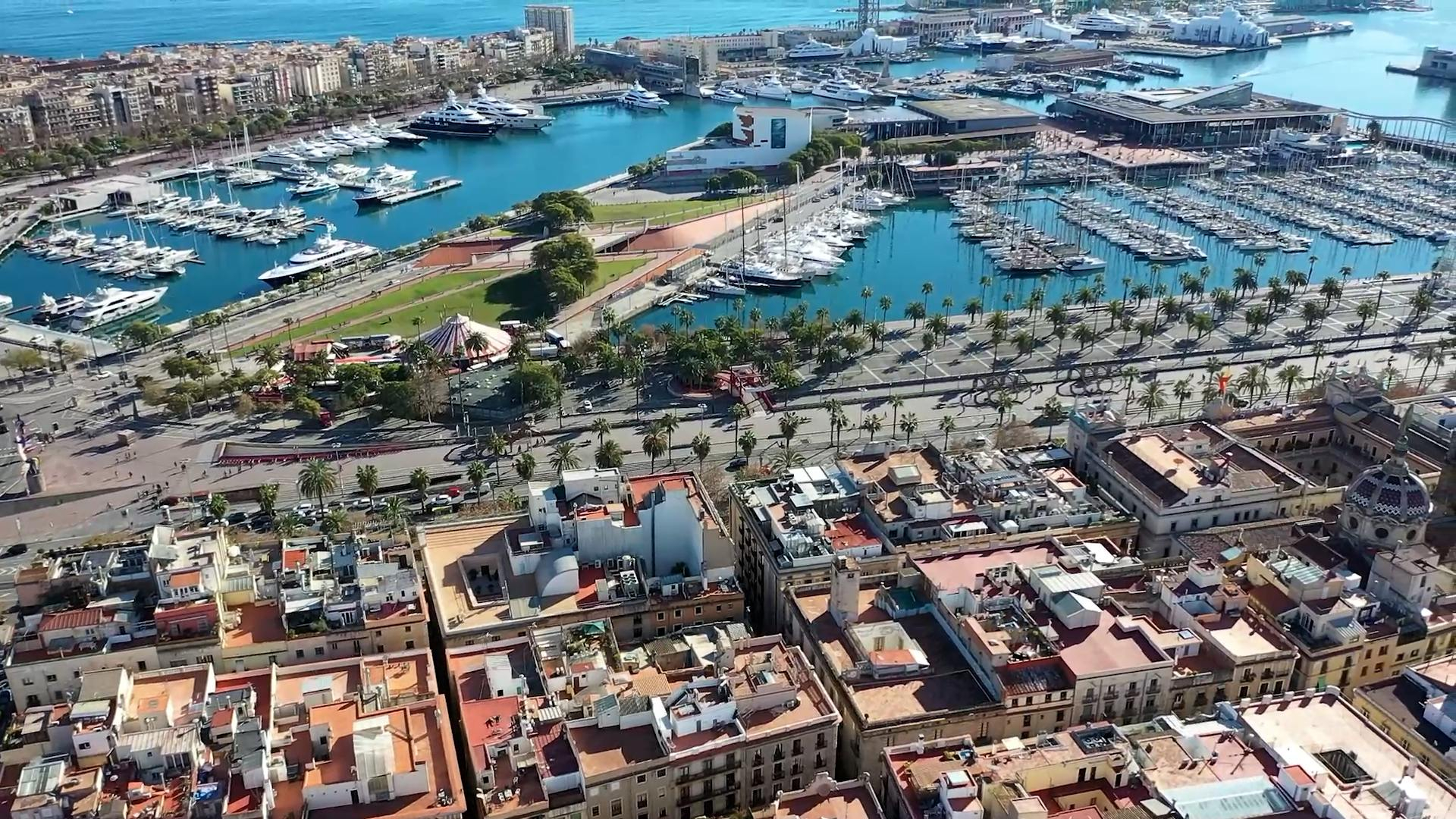
Plan for the sustainable management of land mobility induced by maritime traffic
In recent years, the Port of Barcelona’s Adossat quay, where most cruise ship terminals operate, has become established as a cruise-ship port, with an increase in the number of passengers and stopovers. Això ha comportat un conjunt de problemàtiques associades amb la mobilitat terrestre, especialment quan coincideixen en la mateixa franja horària més de tres creuers a la vegada.
A study must be carried out to evaluate the mobility generated by cruise ships with origin or destination at the Adossat quay and to develop a sustainable management plan for the land mobility of cruise-ship passengers, in order to provide suitable solutions for road traffic and the movement of people visiting the city. All of this should help avoid traffic congestion in Plaça de les Drassanes and reduce overcrowding in La Rambla as a pedestrian area.
These initiatives are part of the series of agreements reached between Barcelona City Council and the Port of Barcelona in January 2018, concerning the reorganisation of areas allocated for ferry and cruise ship activities.
WHAT ARE WE DOING?
-
On 3 May 2023, the Cruise Ship Sustainability Council was constituted as a transparent institution for public-private collaboration, in order to share information in two areas: addressing the initiatives and tasks that are already underway in regard to maritime cruise ship tourism, and jointly defining new ones that help to reduce the impact of cruise ships on the city, improving the economic and social return of an activity that is important for the city of Barcelona. This Council consists of three working groups: Environmental Quality, Mobility and Socio-economics
-
The results of the Mobility working group will be showcased in a plan for the sustainable management of land mobility caused by maritime traffic, which will work towards its strategic goals via a series of projects and measures to be applied in relation to various issues, including the regulation of transport provision, the reduction of polluting emissions and greenhouse gas emissions, the promotion of public transport, the management of demand and other initiatives aimed at reducing crowd density at points of interest in the city.



